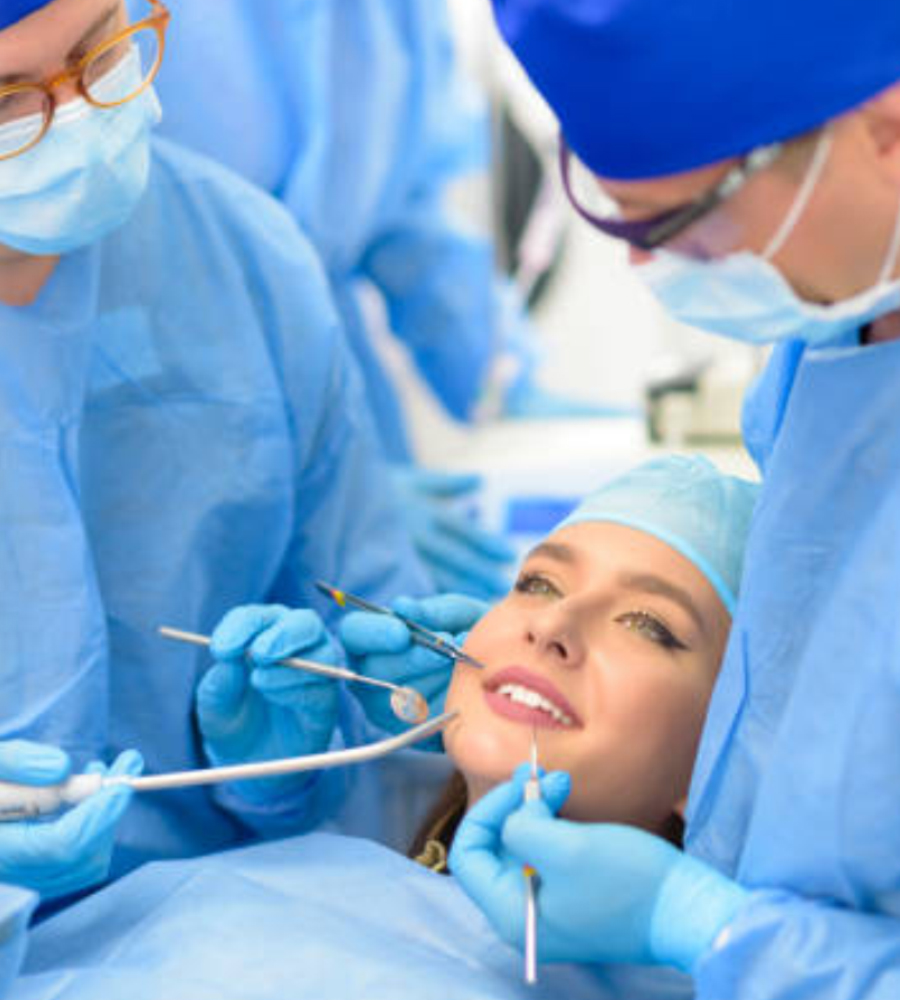

Compared to the rebuilding of the mandible maxillary reconstruction remains an emerging art. Maxillary deficiencies besides controlling speech processes, swallowing and chewing can induce cosmetic disfiguration. Rehabilitation of structure and function is done by either a shutter prothesis or an operational restoration of maxillary defect patients. In face symmetry, midface projection, globe support, chewing, swallowing and phonetics the maxilla is central to this process. A variety of disease processes can result in complete and partial defects of the maxilla. Like other reconstructive surgery, the basic aims are to regain natural shape and function or near normality.
For estheterization of the face and operation of the oral cavity, the maxillary bone is essential. The oral and orbital cavities are isolated and the orbital contents also offer a skeletal support. The maxilla defects control speech, swallowing and chewing. Rehabilitation of structure and function is done by either a shutter prothesis or an operational restoration of maxillary defect patients. In the past two decades, however, numerous publications have shown the benefits of surgical repair of such defects. These defects have historically been prosthesized.